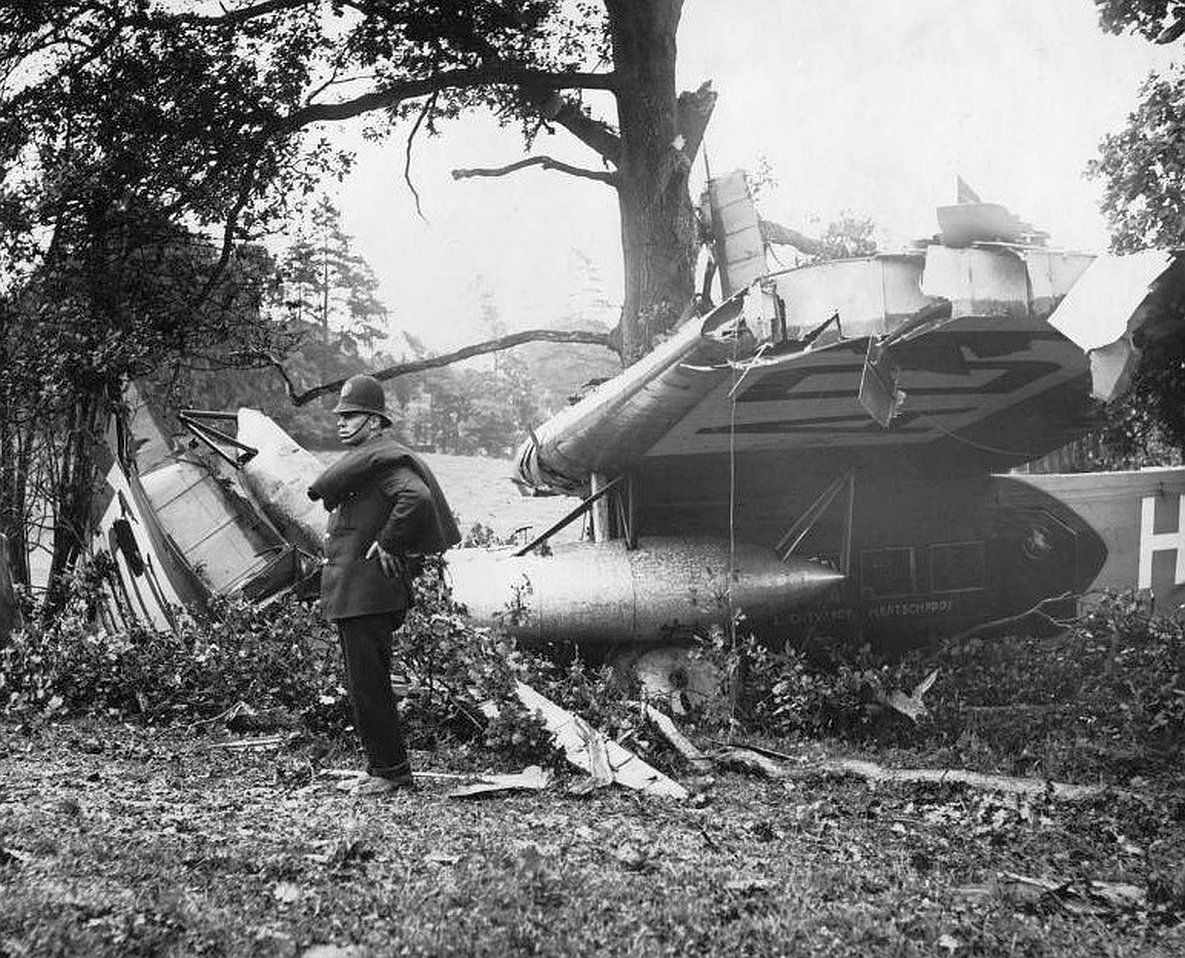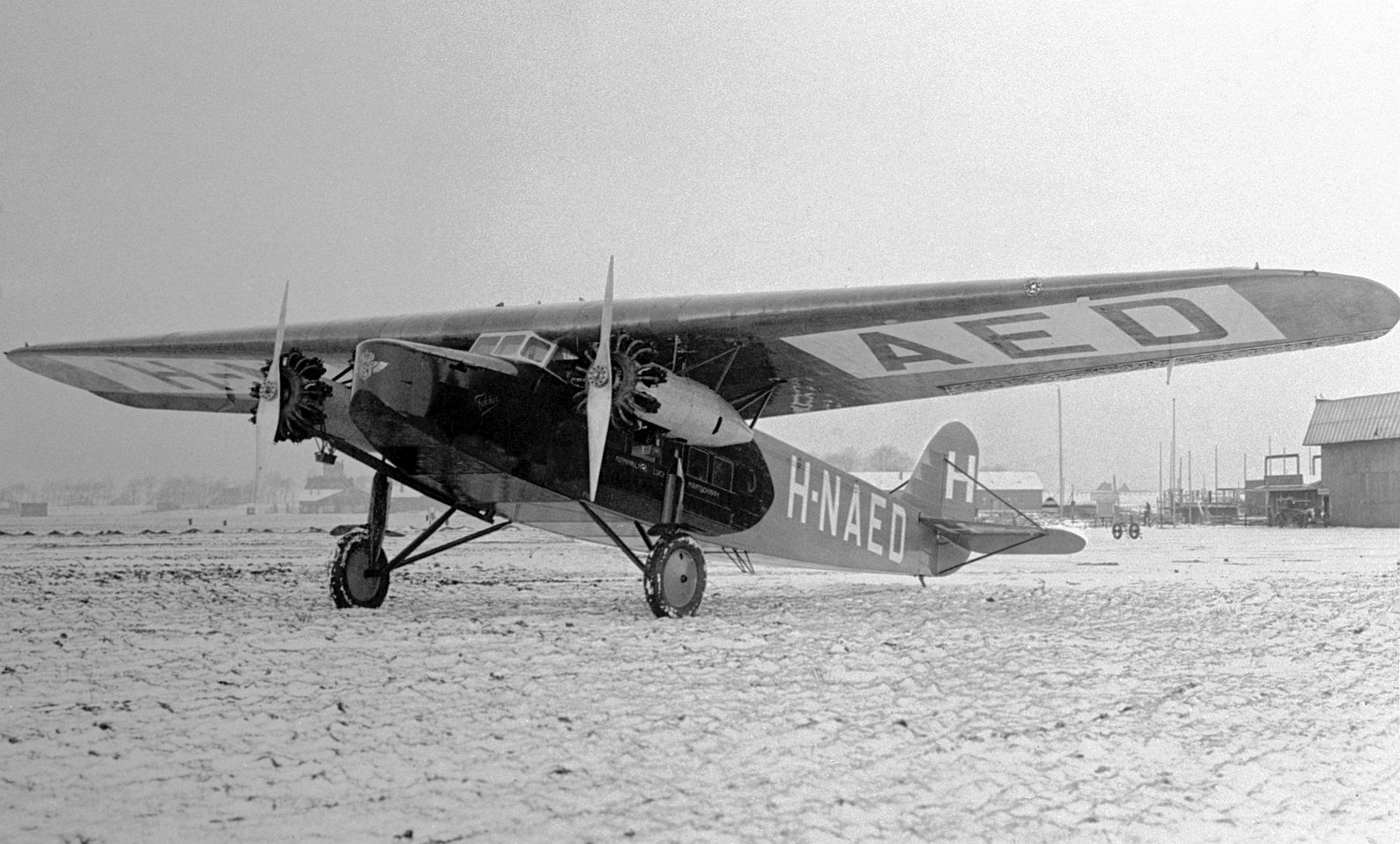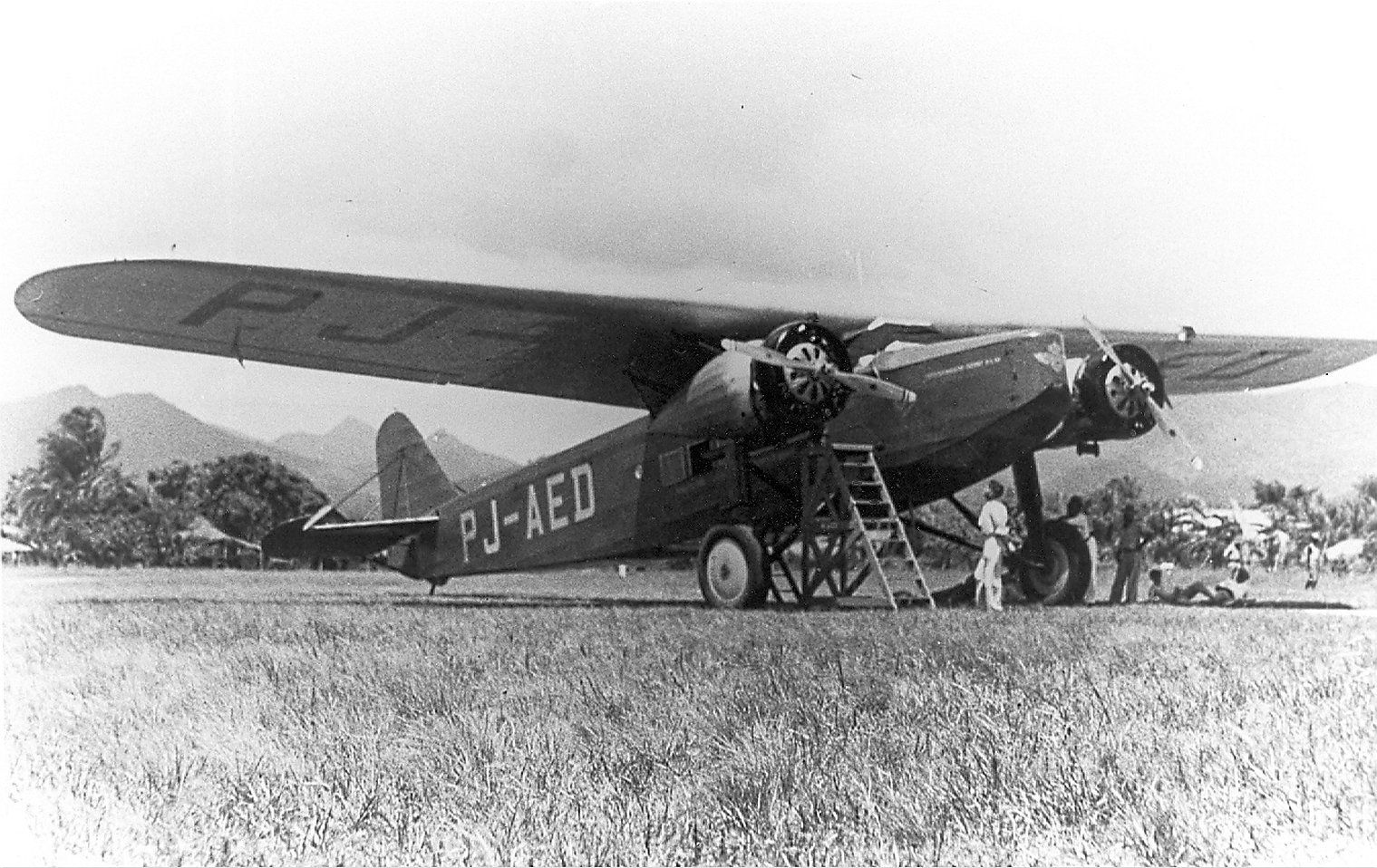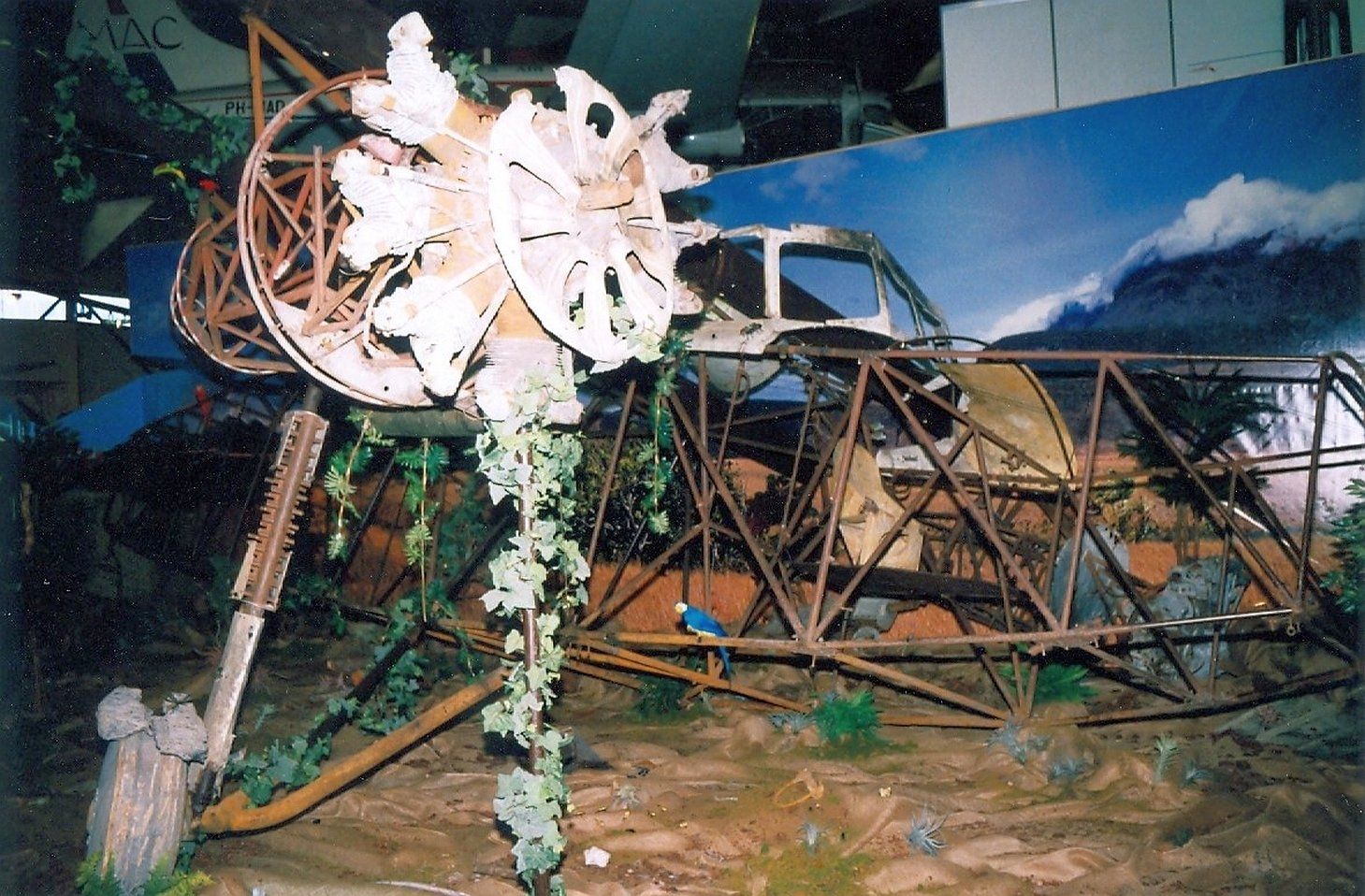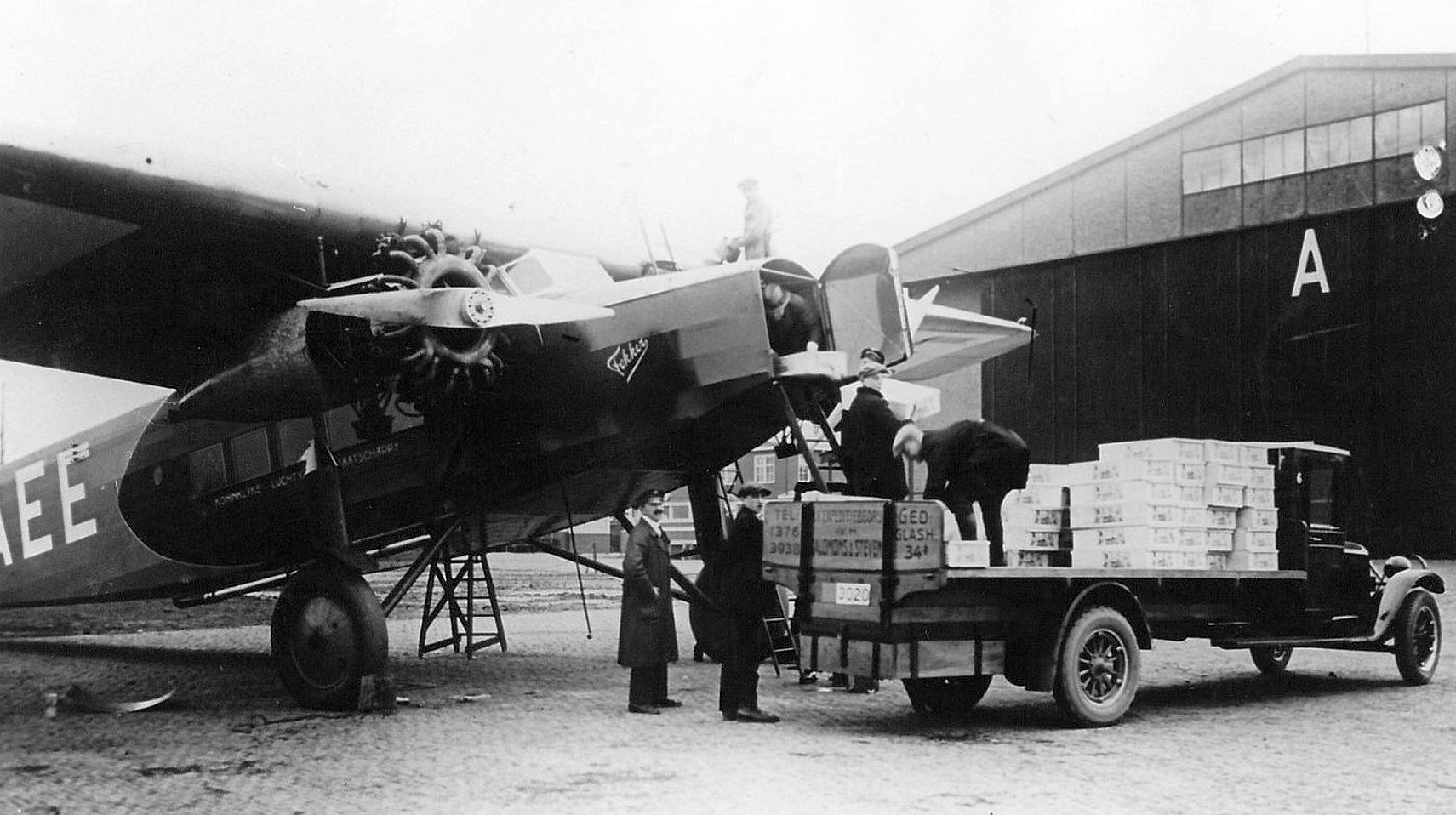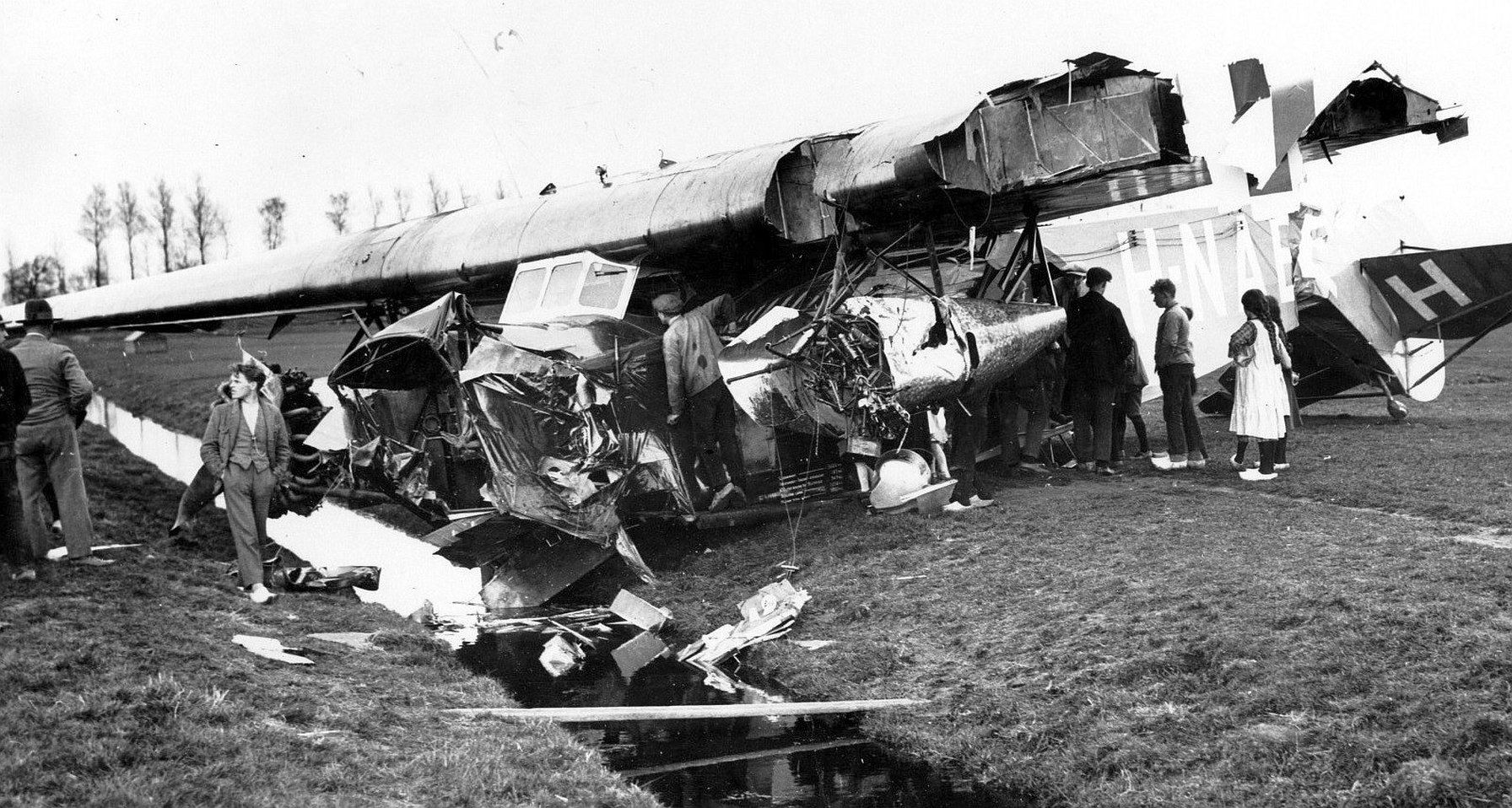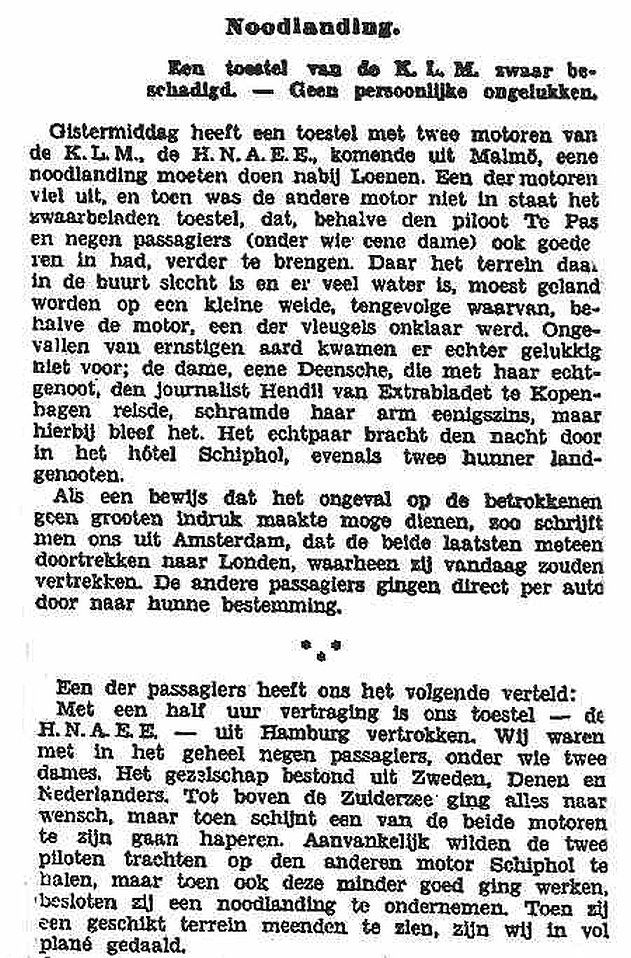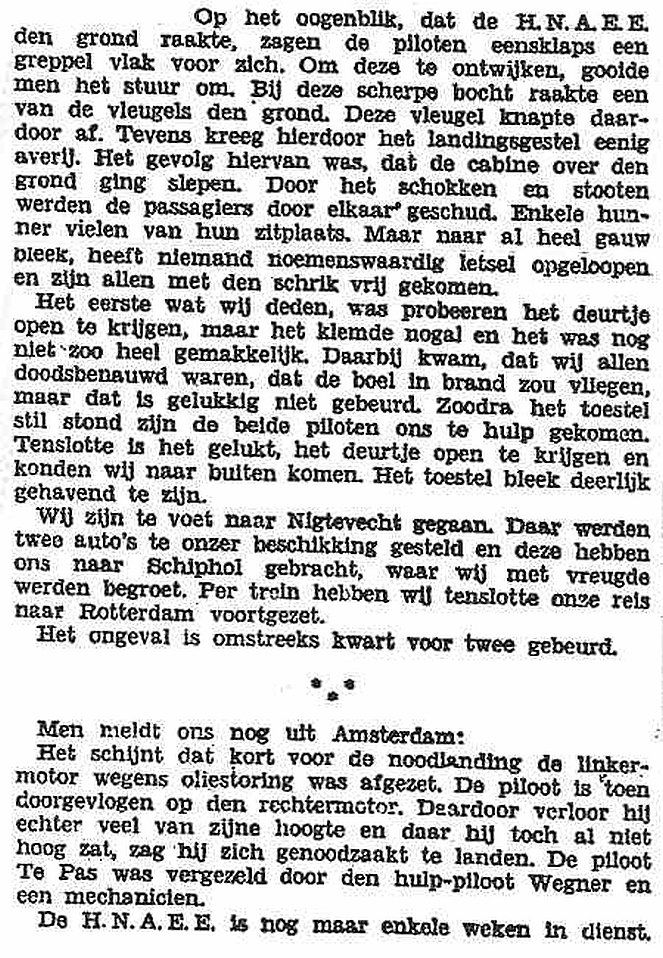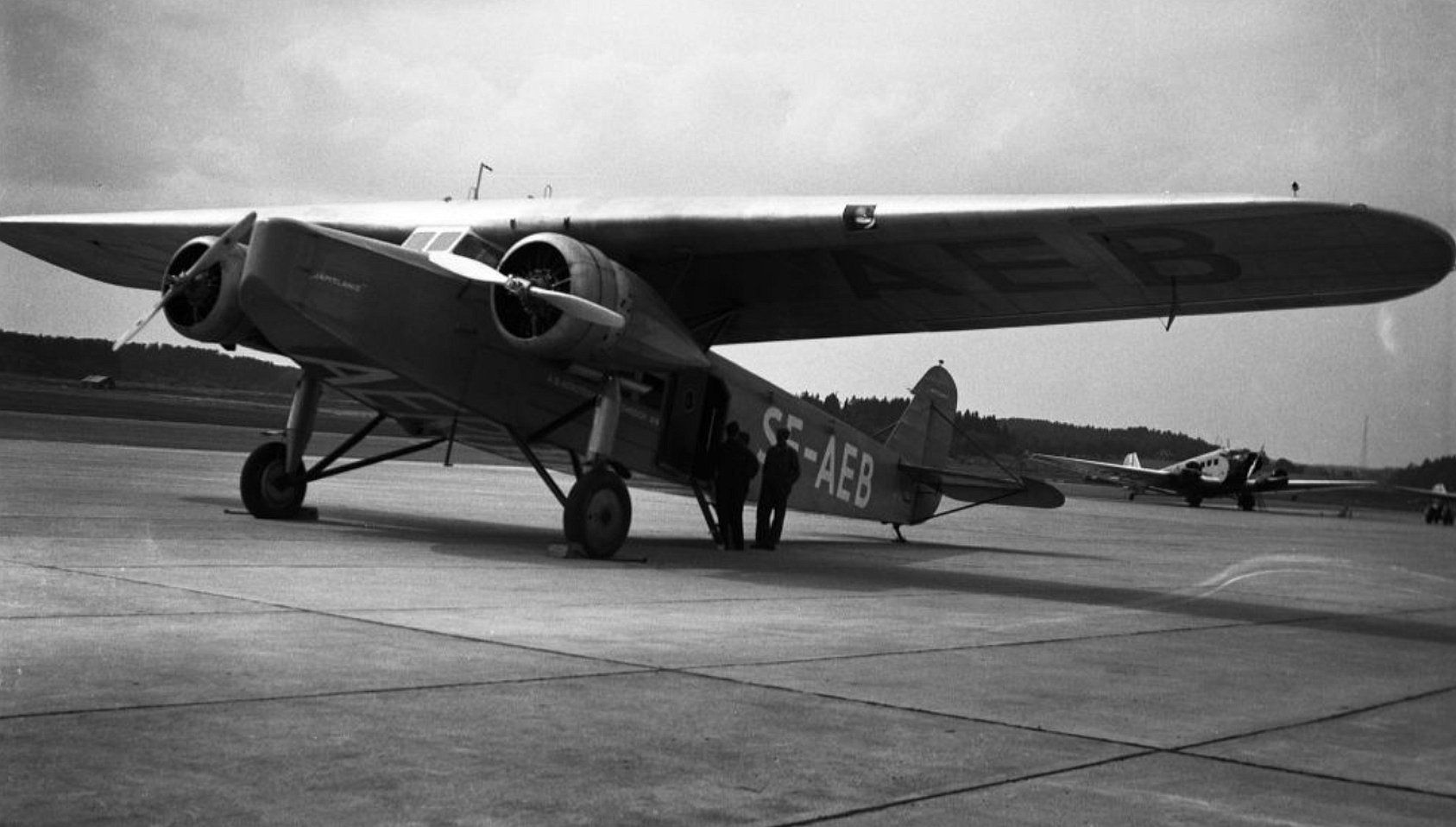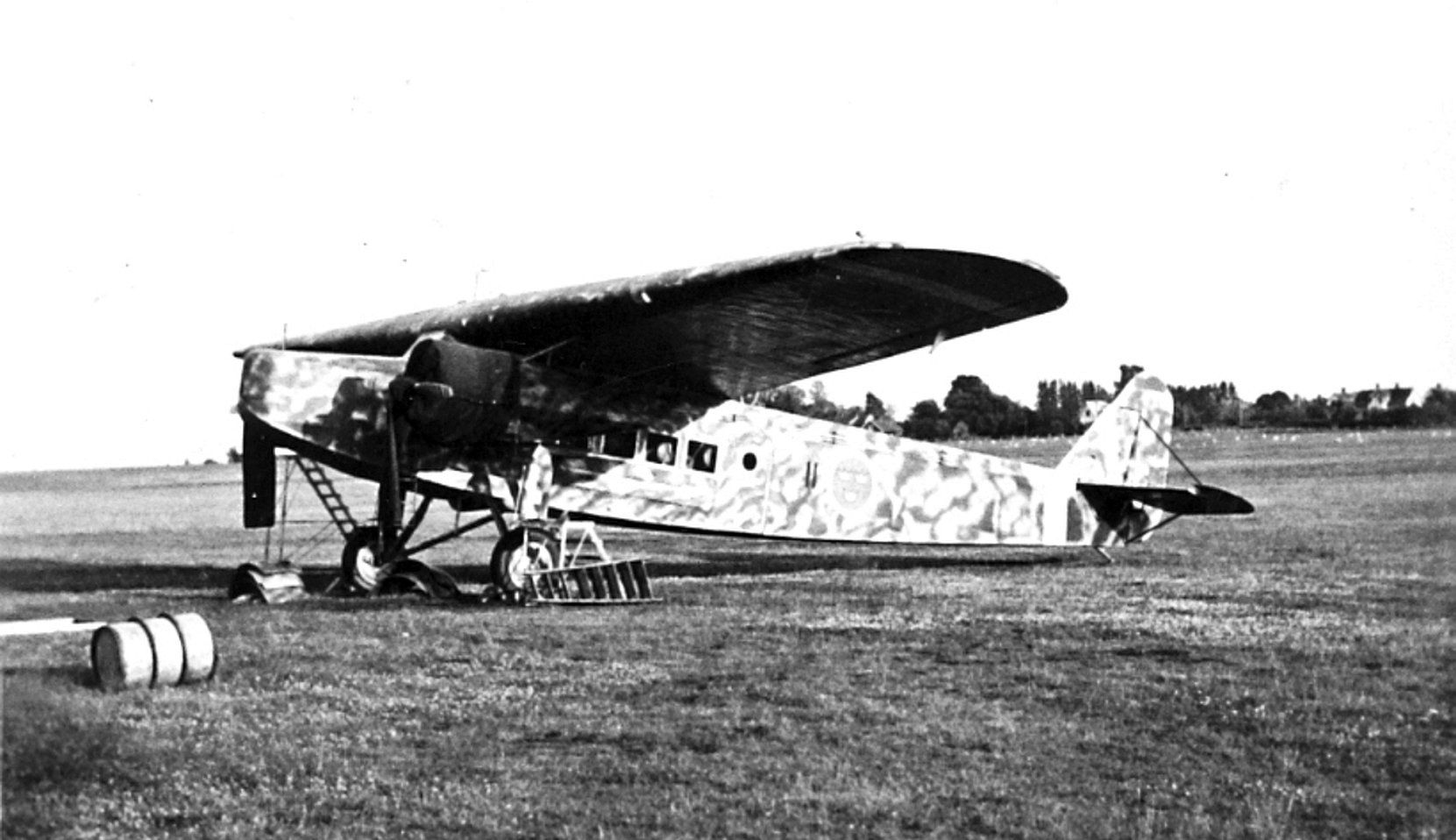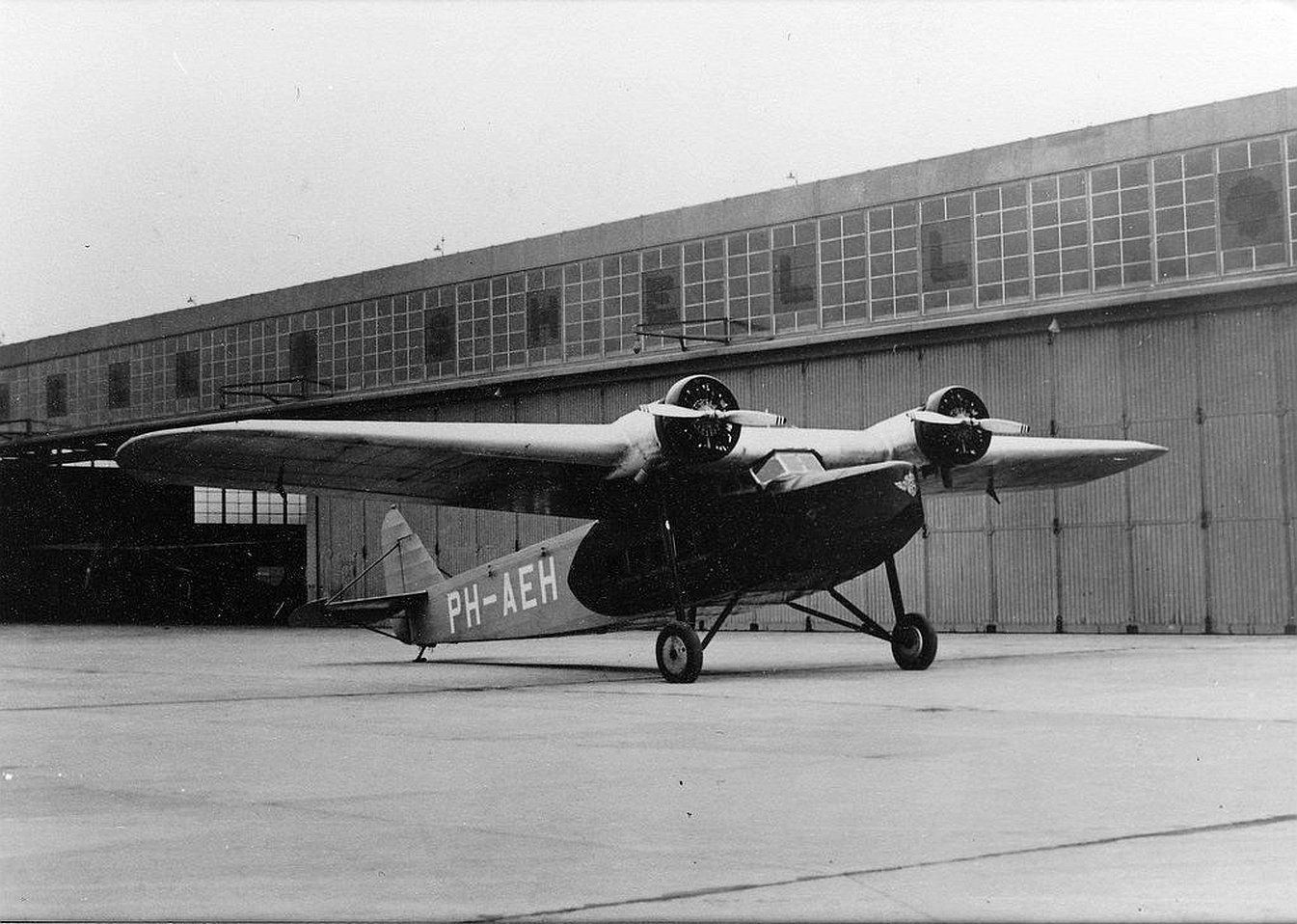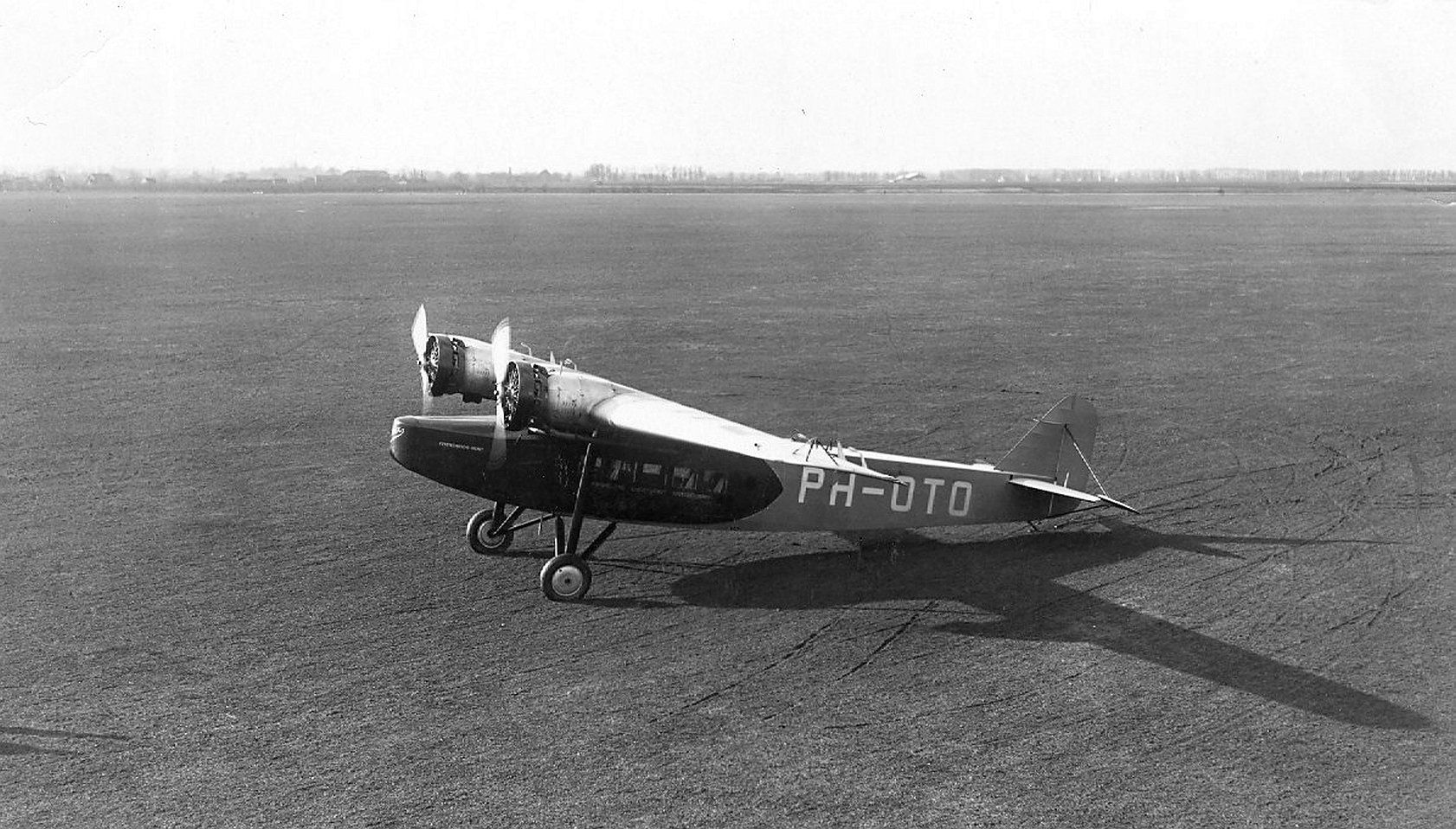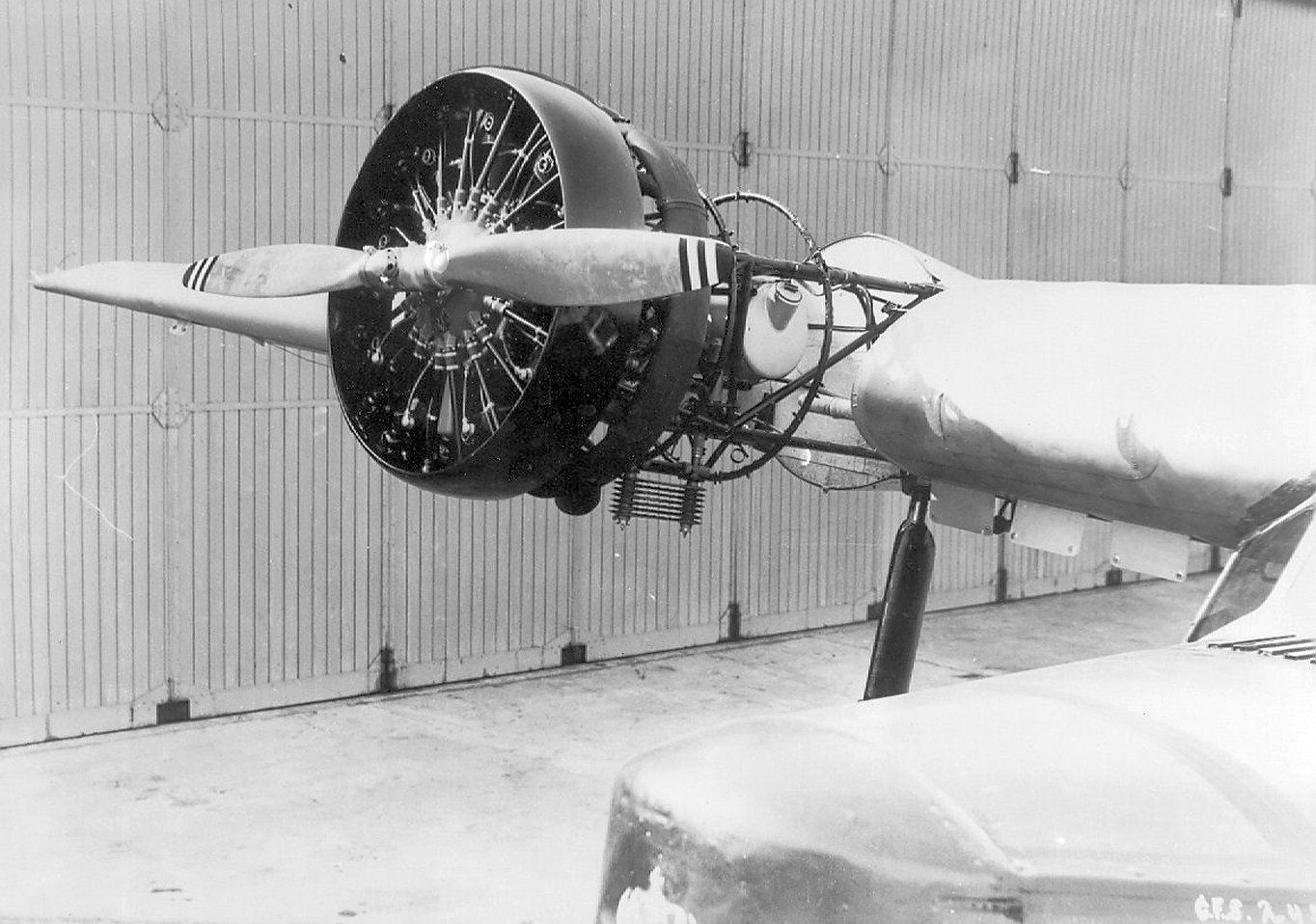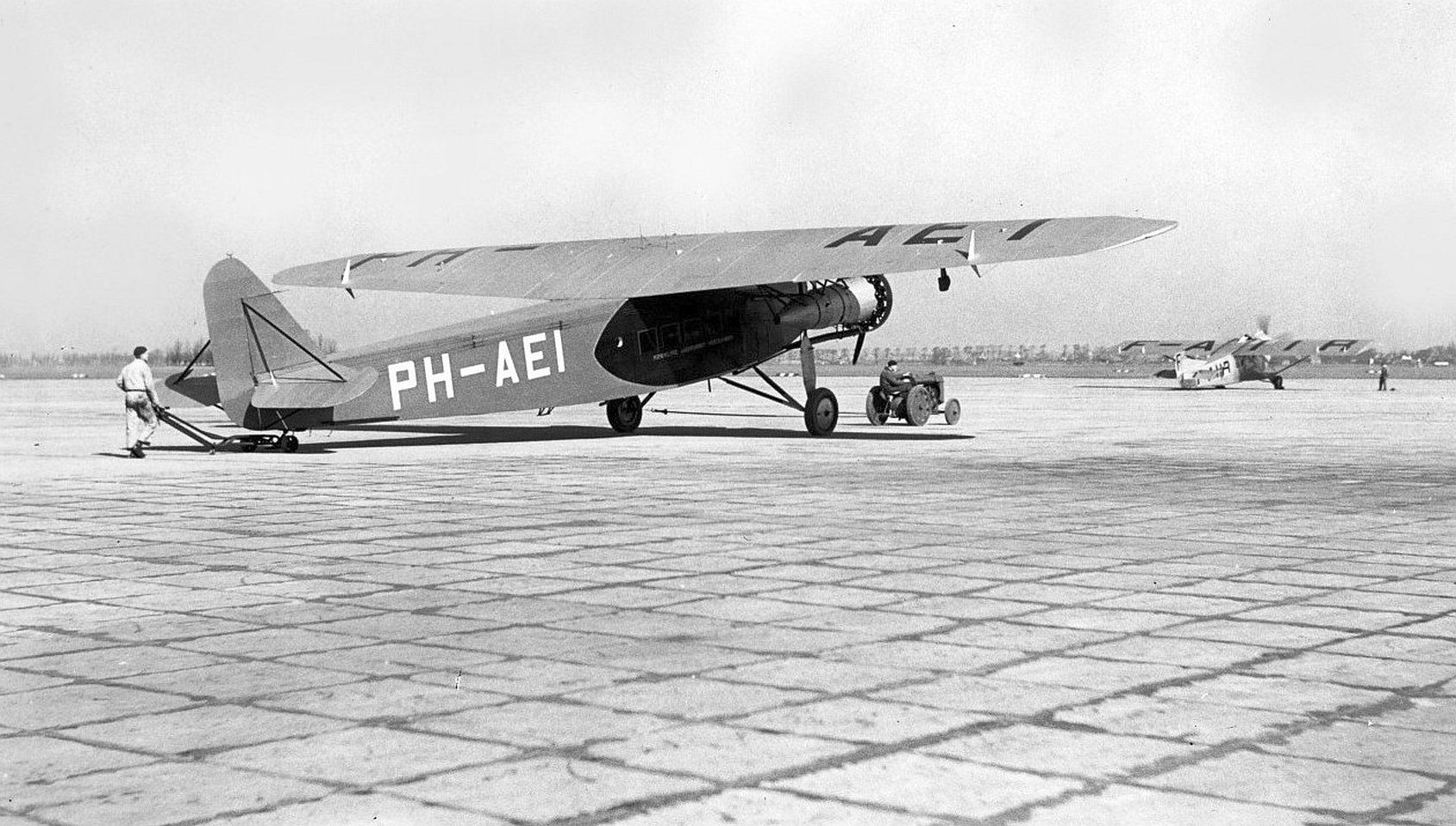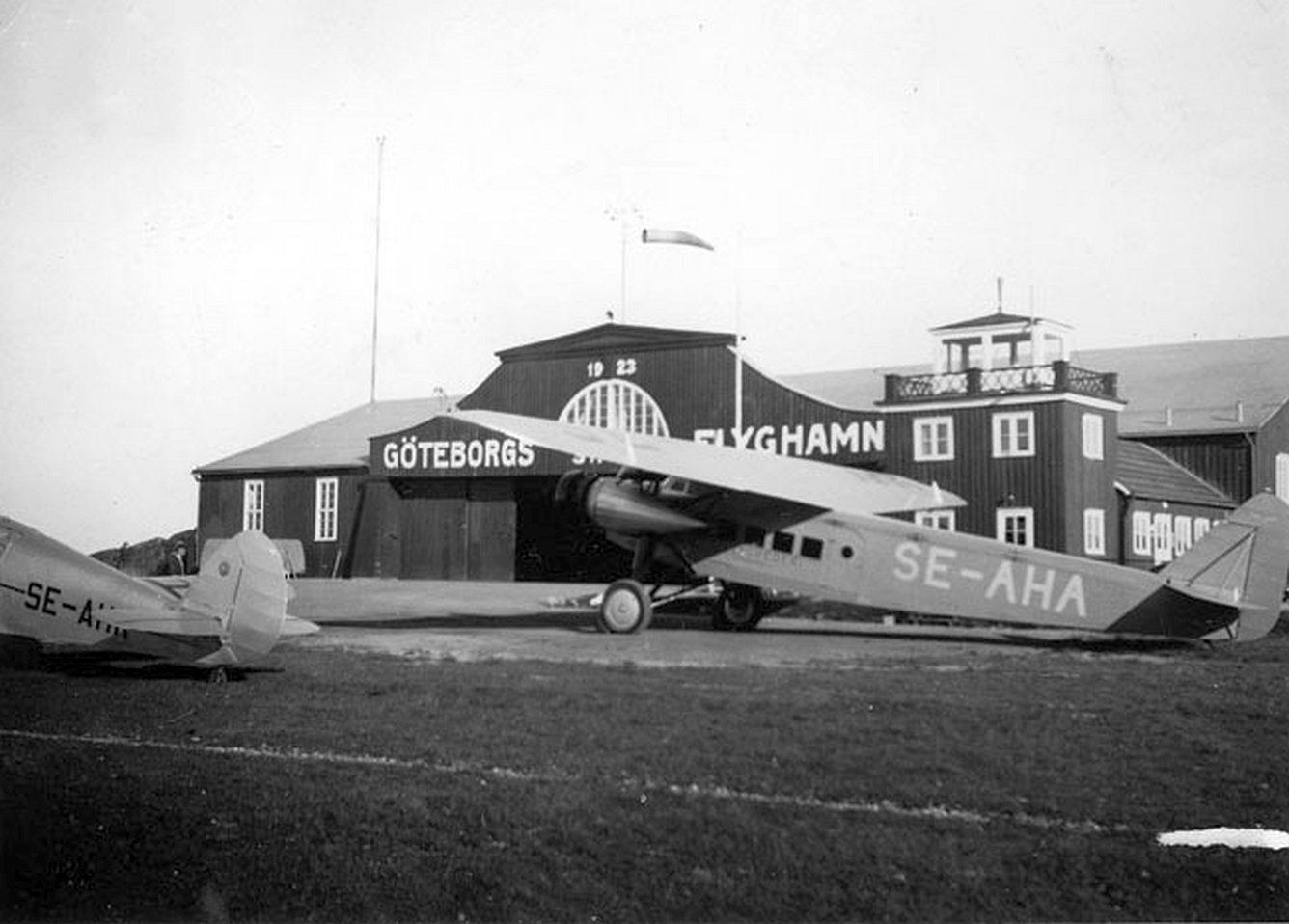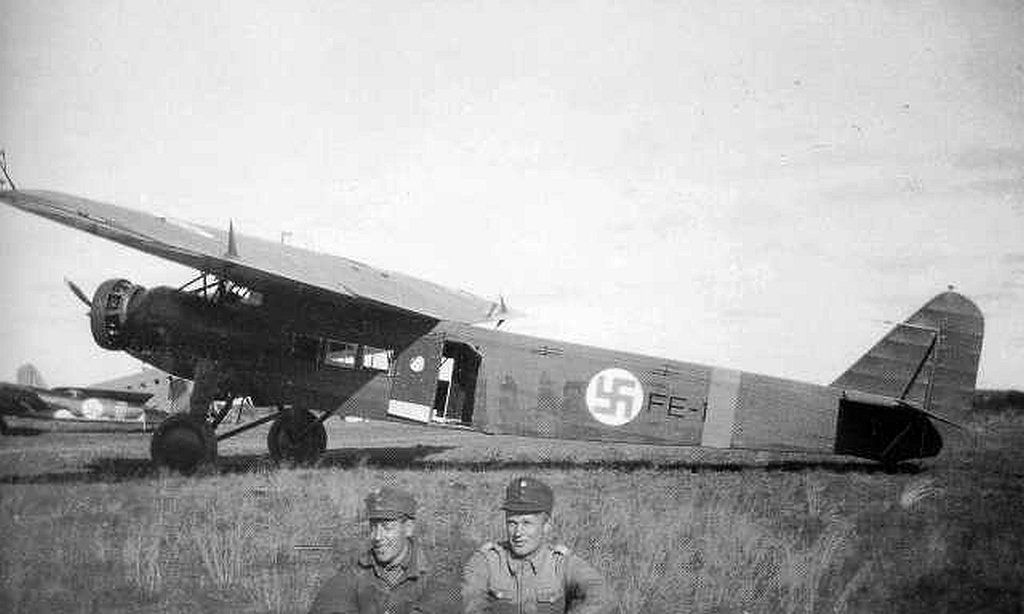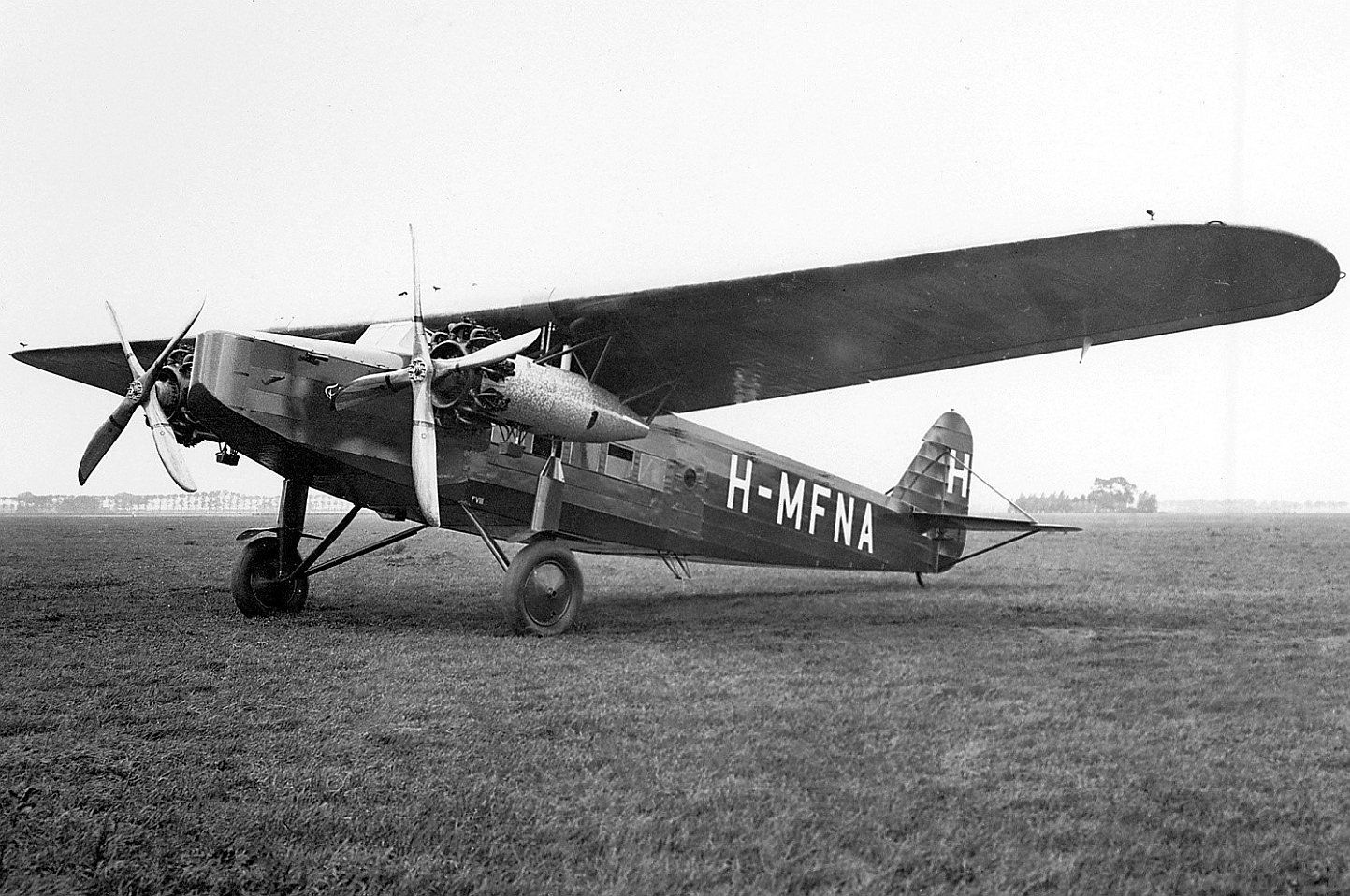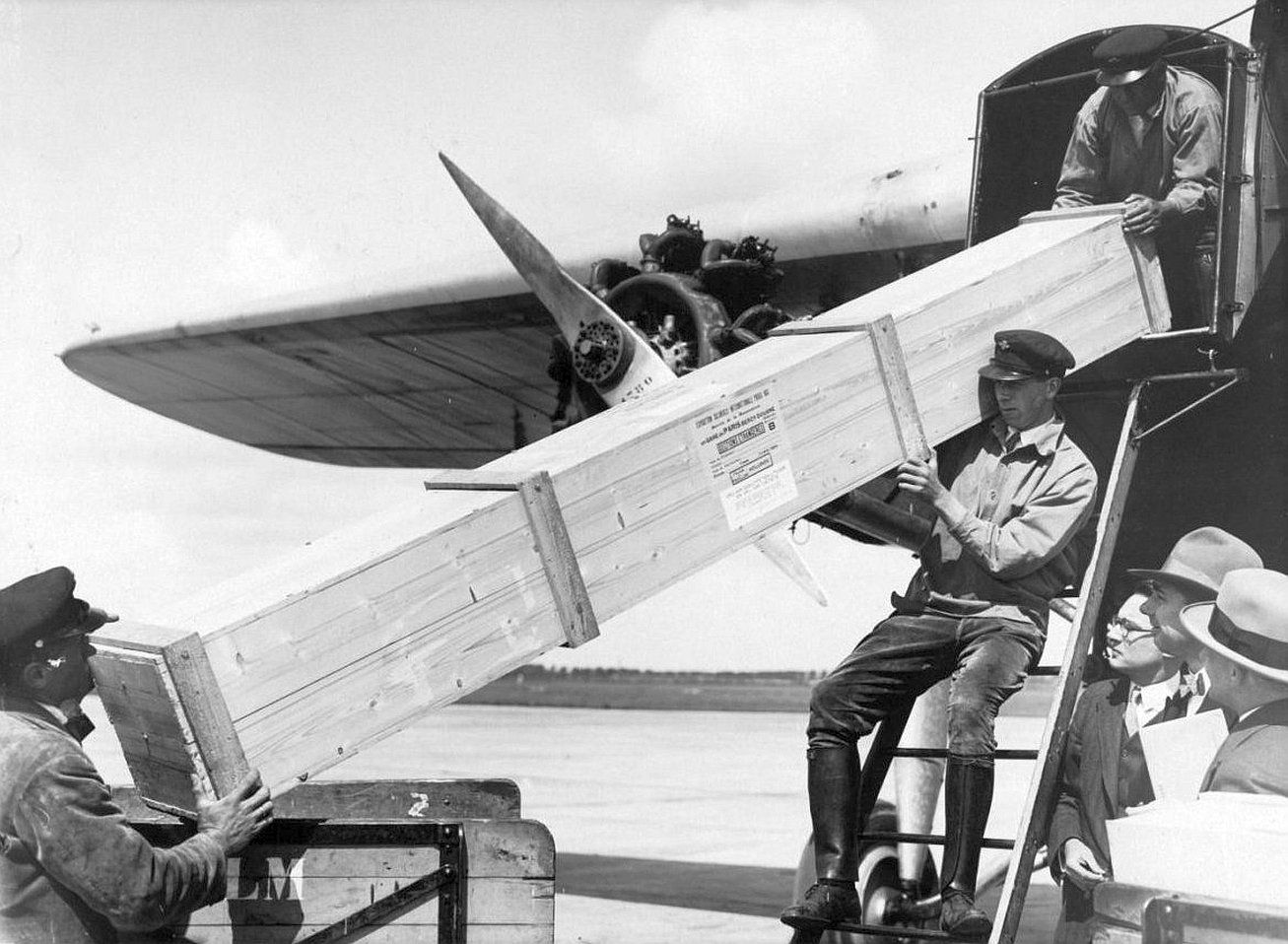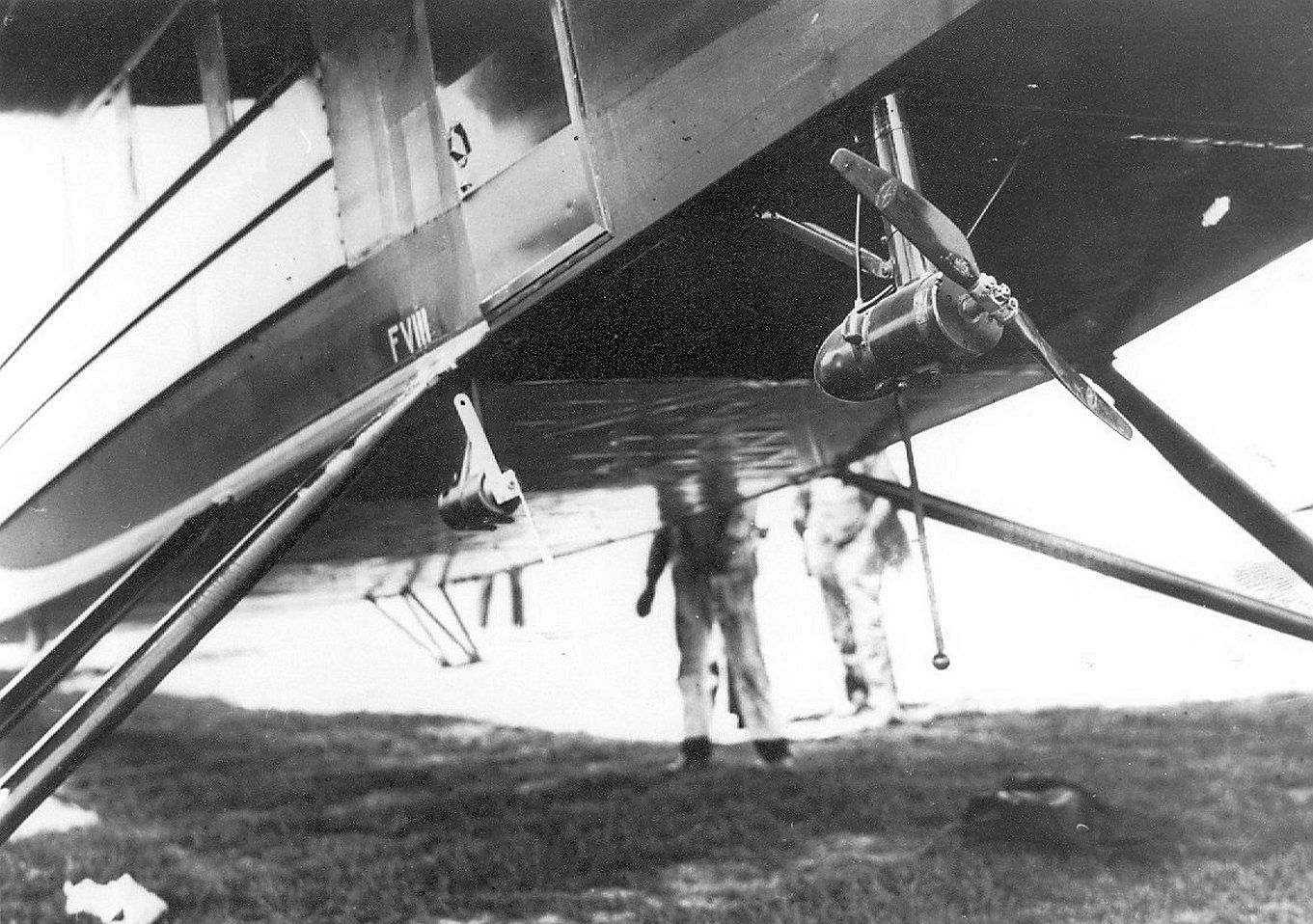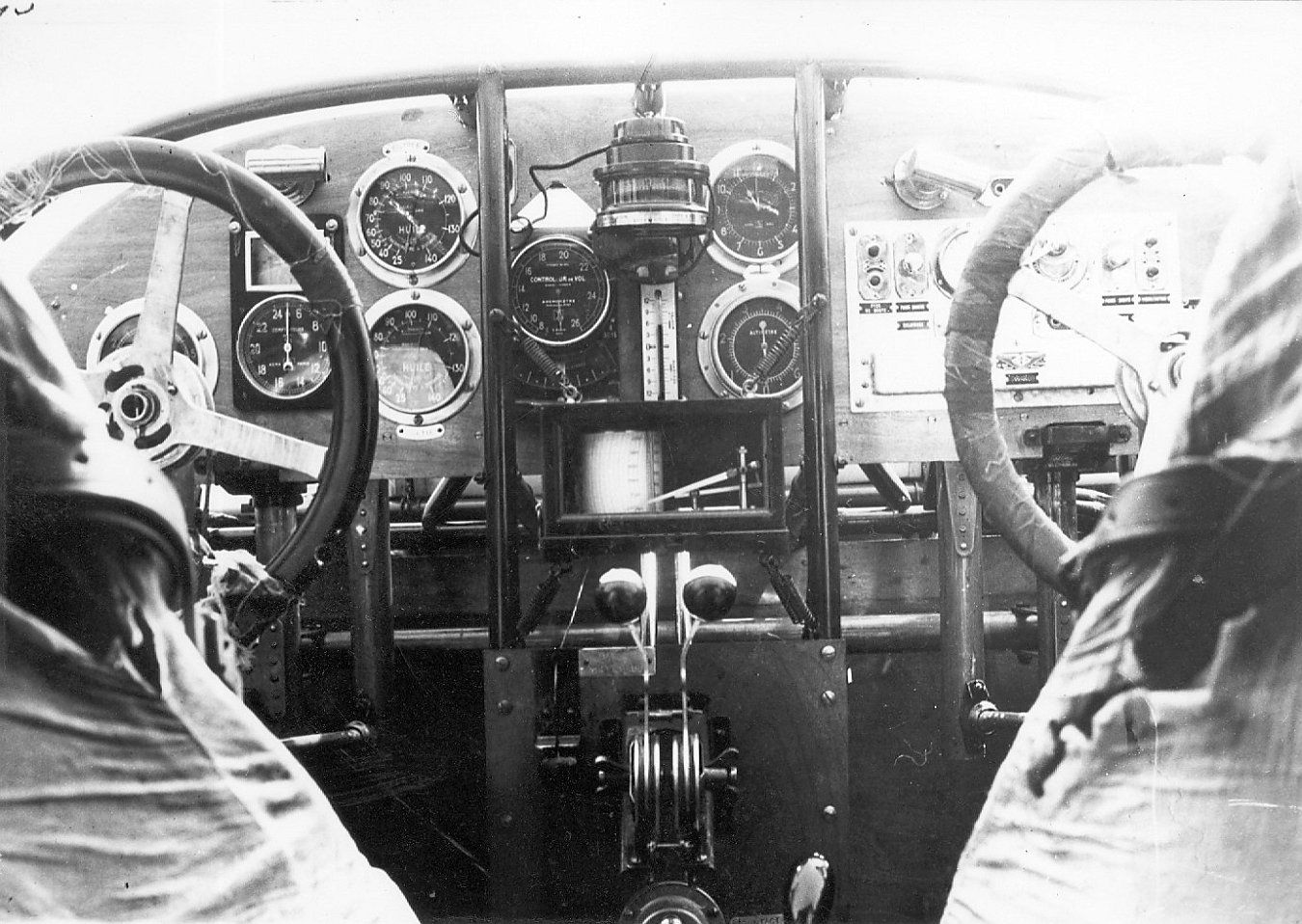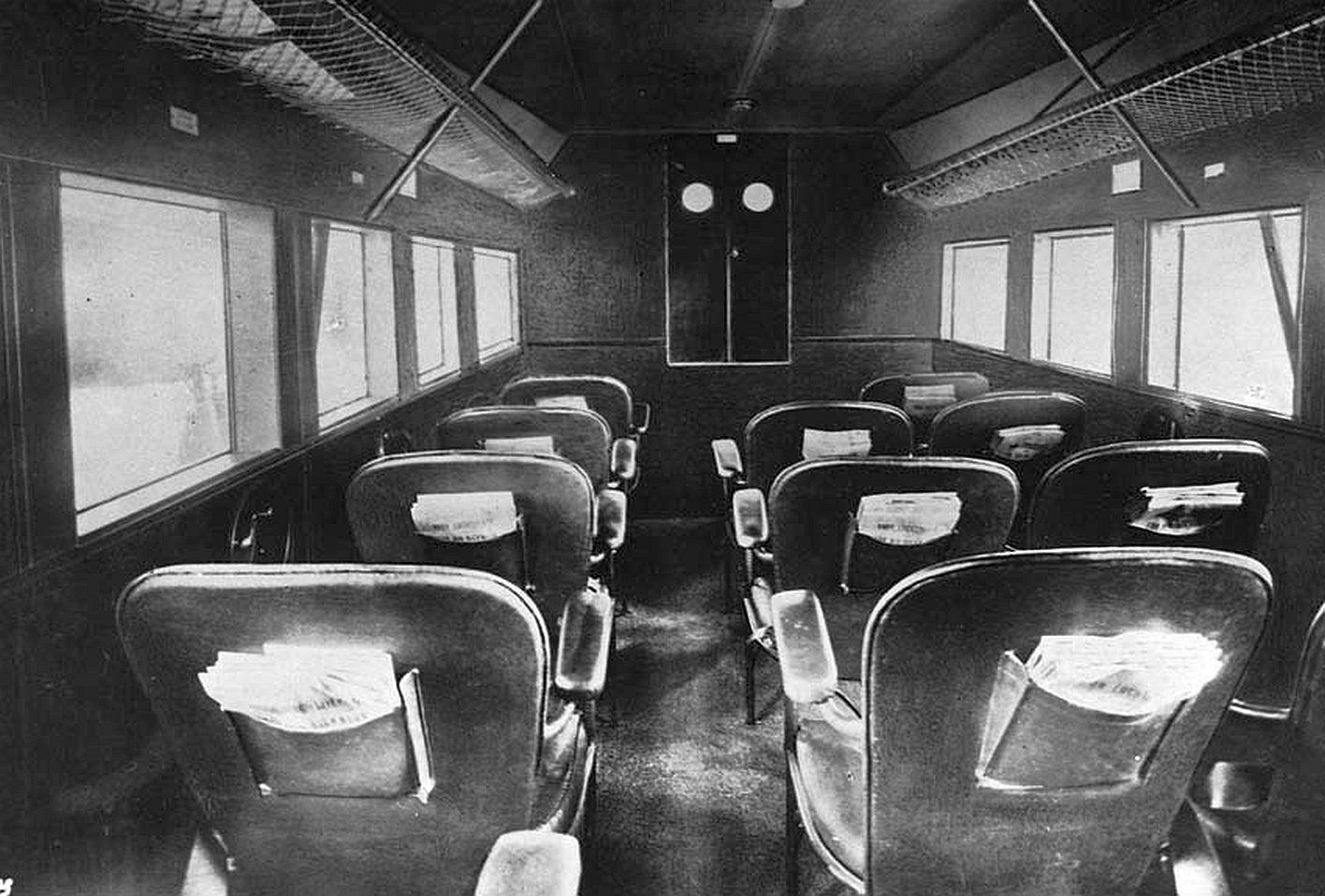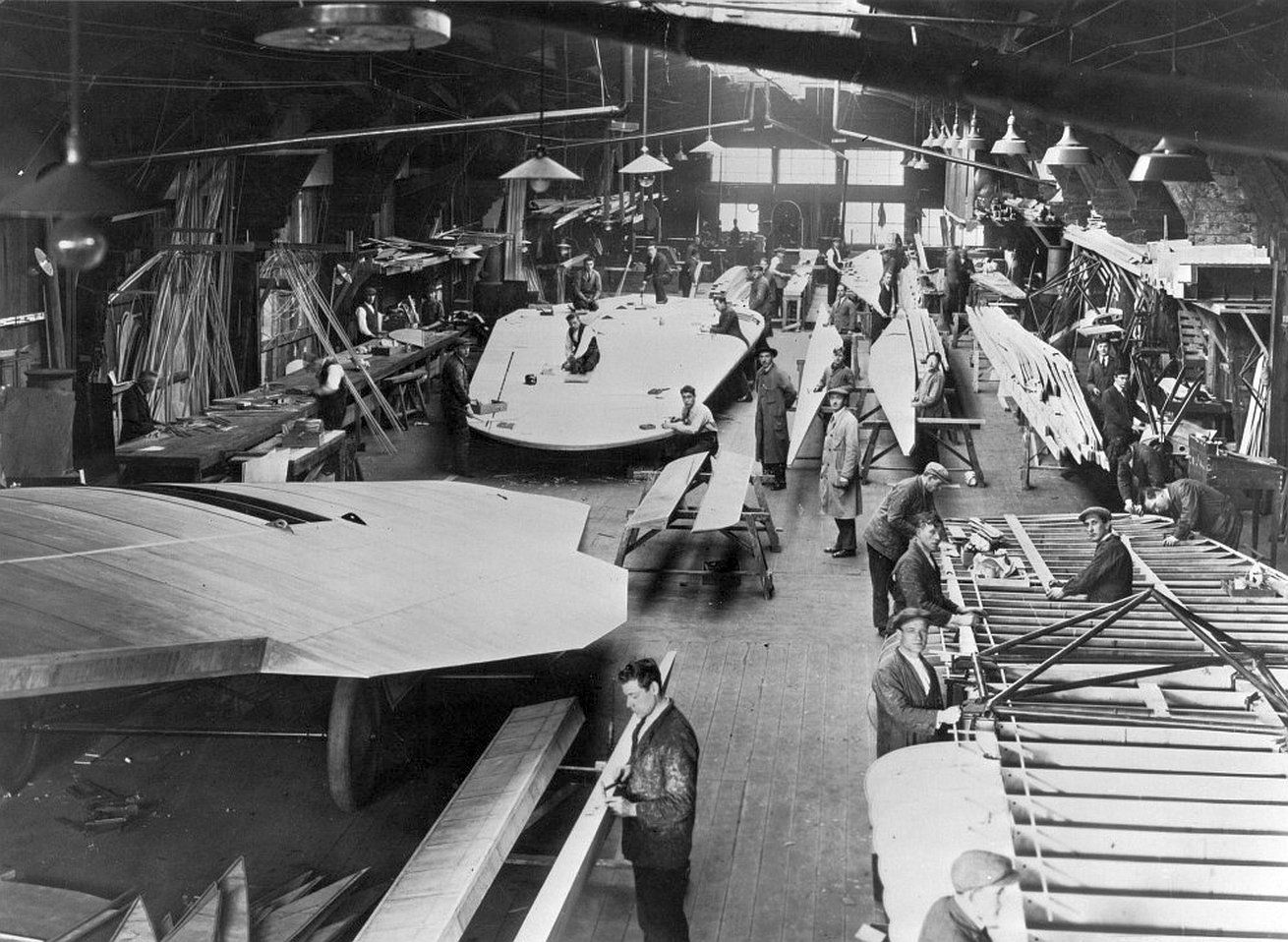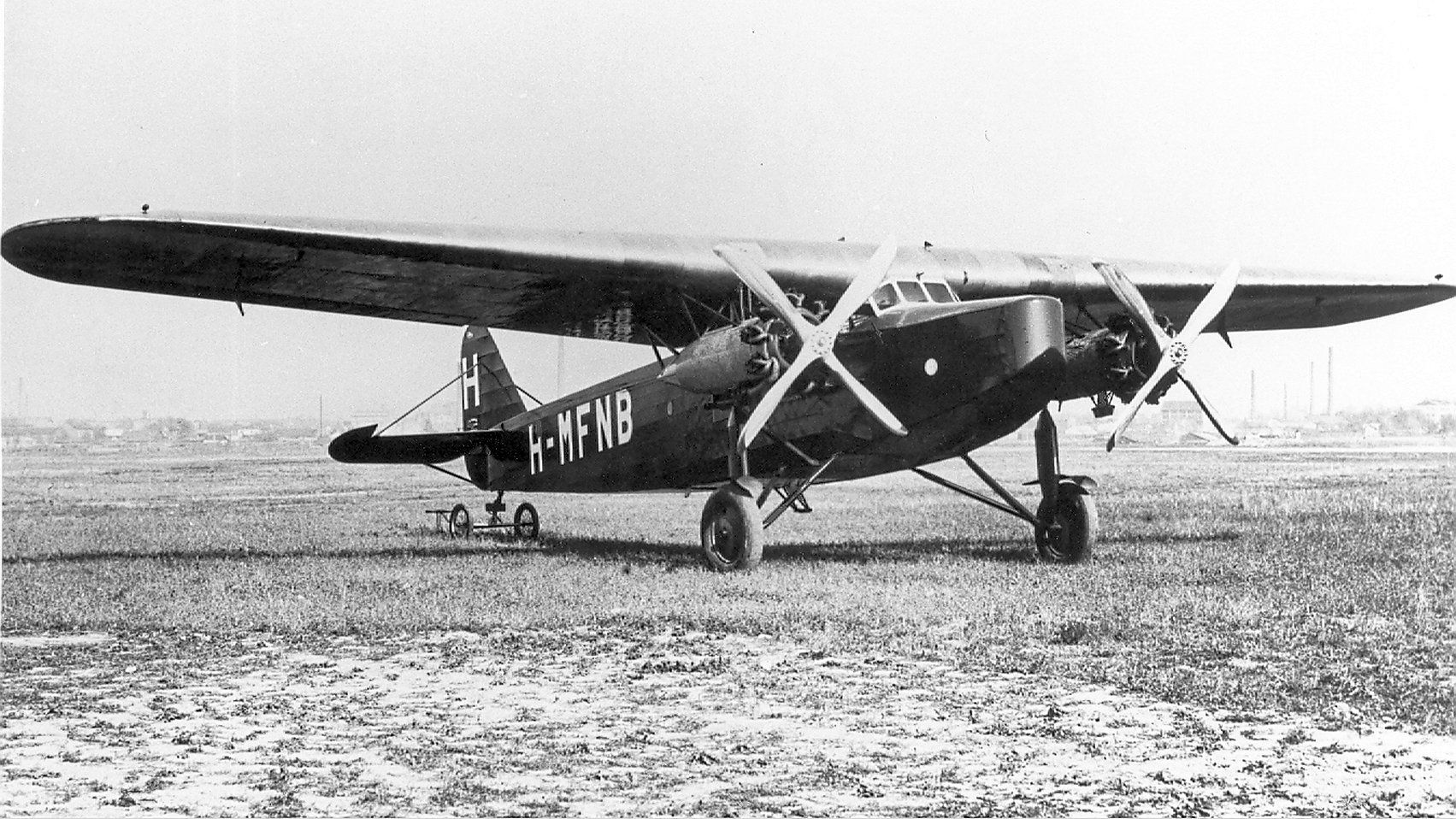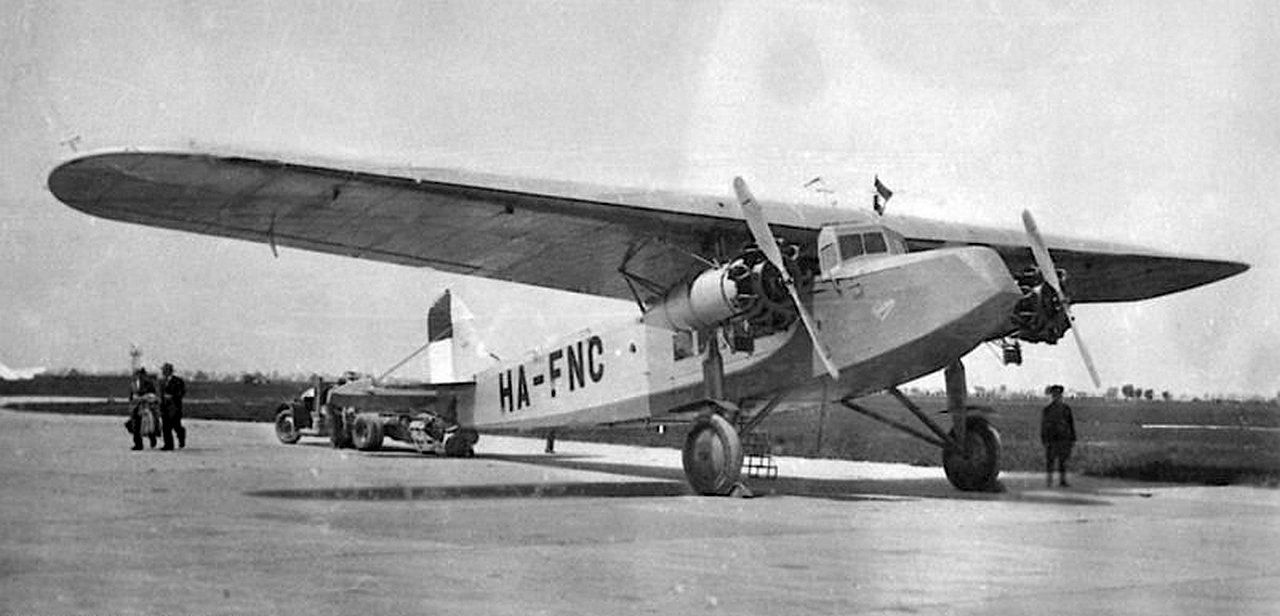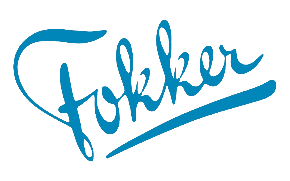Fokker F.VIII
Due to increased passenger demand in the second half of the 1920s, mainly on European flights, Albert Plesman, director of K.L.M., asked Fokker to develop larger aircraft for the European routes. Reinhold Platz designed an aircraft with a wider cabin with room for 15 passengers.
In the first design drawings the F.VIII is powered by three engines, however, the engines proved to be more powerful and reliable at that time, so it was decided to omit the middle engine. Therefore there was room to create a door in the nose making it possible to load cargo. As usual in the F series, the aircraft could be equipped with a choice engines.
On March 12, 1927, the F.VIII made its maiden flight.
The prototype flew with two 440 hp Gnome-Rhône Jupiter IV engines. Other available power sources for the F.VIII were the 500 hp Jupiter VI, the 525 hp Wasp or the 640 hp Wright Cyclone R-1820.
KLM bought 7 aircraft. Hungarian Malert Airlines one and aircraft manufacturer Manfred Weiss built three under license in Hungary.
Unfortunately, KLM lost both the first and third delivered aircraft due to a crash within the first two years. Shortly after take-off on August 22, 1927, a tension wire of the first aircraft broke, dragging the rudder and vertical tail with it, after which the aircraft made an emergency landing in a group of trees near Seven Oaks, Kent, England. ( picture No. 2 )
The third F.VIII made an unfortunate emergency landing on April 11, 1928 at the village of Nightevecht, after an engine failure. ( picture No. 7 )
KLM used the remaining aircraft until the mid-1930s after which number were sold to other operators.
After a career in the Netherlands Antilles and Venezuela, the remains of one F.VIII, the ex H-NAED, came into the possession of the former Aviodome at Schiphol in 2001. (See "the recovery of the F.VIII 'Duif' )
One KLM F.VIII was briefly rented to the LVA (The Aviation Department of the Royal Netherlands Army).
Click on the photo to enlarge the photo


